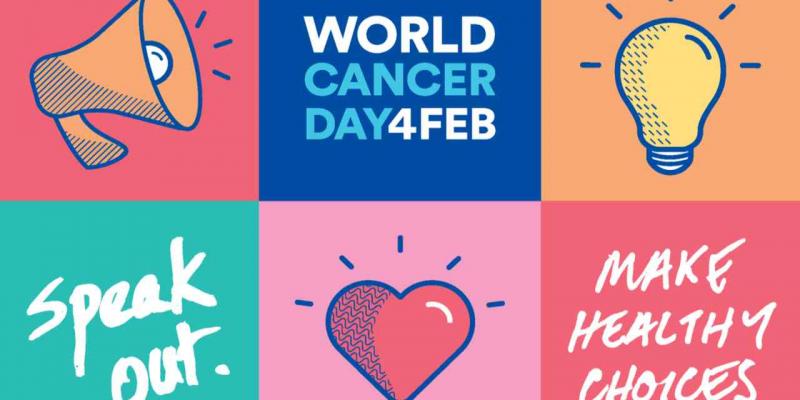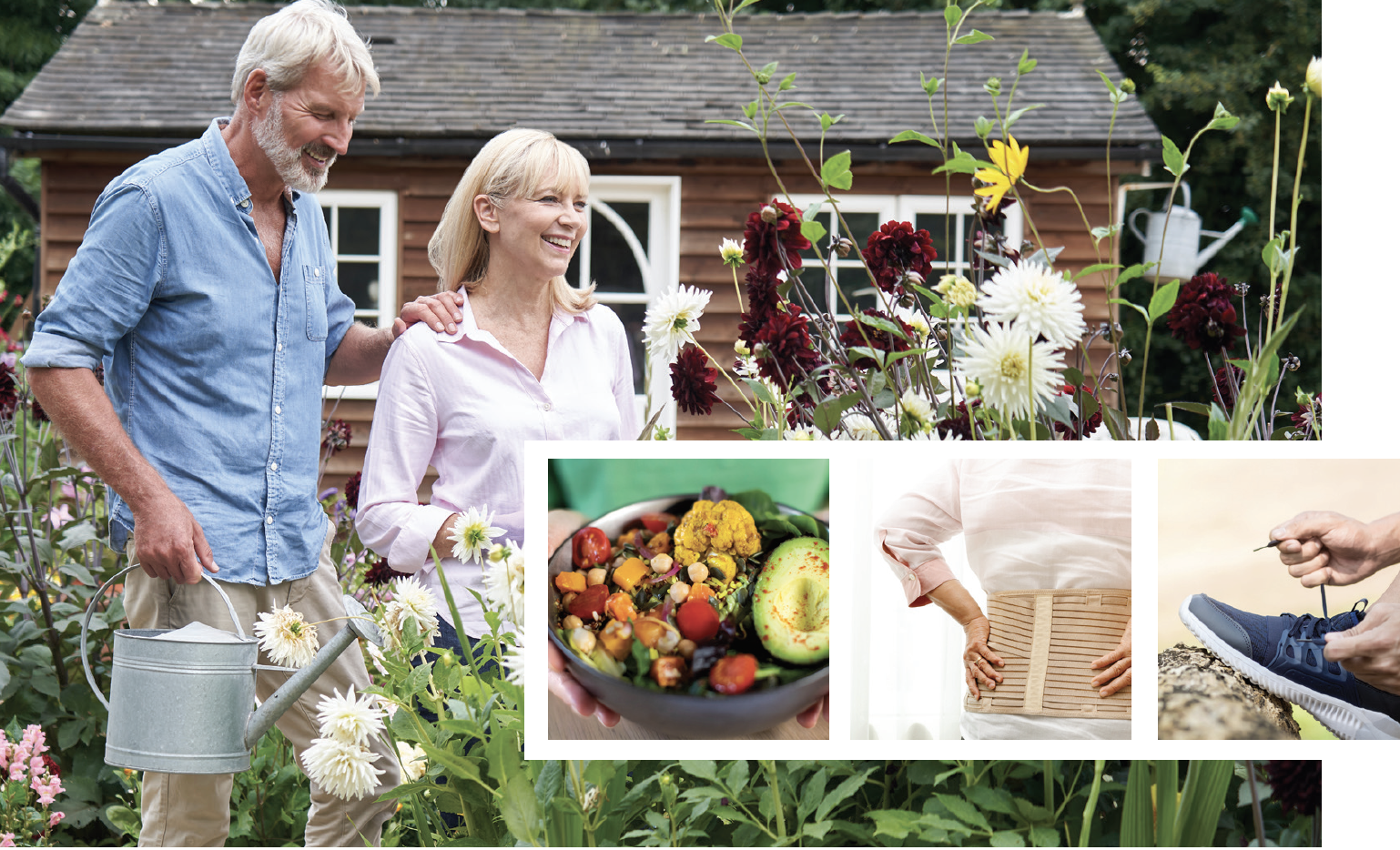Today Feb 4, 2021, is World Cancer Day. 9.6 million people worldwide die from cancer each year. It is estimated that one-third of all cancer cases are preventable and another third are curable, if detected early and treated effectively.
A few key facts
- Choice vs Chances. Up to 10% of cancers are related to a genetic mutation. Whereas 27% of cancer deaths are from tobacco and alcohol use,
- We matter. Up to 3.7 million lives – the equivalent number of girls guides and girl scouts in the United States, Canada and Mexico combined could be saved each year by implementing prevention, early detection and treatment strategies.
- I am a survivor. If all 48.3 million people who are alive within 5 years of a cancer diagnosis were to hold hands to form a human chain, they would circle the earth at least one time – and then some.
Cancer is a broad term that describes the disease that occurs with the uncontrolled growth and division of cells. Most cells of our body have fixed lifespans and while this may seem a bad thing, it allows for cells to die and be replaced by newer cells that can function better. These cancer cells grow uncontrollably using oxygen and nutrients that other cells need and may cause damage to healthy cells and organs.
While some risk factors for cancer such as increasing age and genetics cannot be changed, a number of risk factors are modifiable:
Alcohol: It can increase the risk of six types of cancers, including bowel, breast, mouth and throat, esophageal, liver and stomach. Generally speaking, the higher the consumption of alcohol, the higher the risk.
Being Overweight or Obese: Excess weight has been linked to an increased risk of developing 12 different cancers including bowel and pancreatic cancers.
Diet & Nutrition: Particularly diets high in red meats, processed meats, salted foods and low in vegetables and fruits have an impact on cancer risks.
Physical Activity: Being physically active can help to reduce the risks of developing colon, breast and endometrial cancers.
Tobacco: Responsible for approximately 22% of cancer deaths. Those who start earlier, smoke more, or smoker longer, increase their risk even higher.
Radiation: Prolonged and unprotected exposure to UV radiation from the sun, sunlamps and tanning beds can also lead to melanoma and skin cancers.
Workplace Hazards: Workers in the chemical dye industry are more likely to suffer from bladder cancer.
Infection: Infectious agents contribute to approximately 2.2 million cancer deaths annually. Cancer cannot be caught like a virus; instead, the virus can cause changes in cells making them more likely to become cancerous. HPV for example increases the risk of cervical, anal and throat cancers.
So today, decide to stand up to cancer. Make choices that help to reduce your risk. Get educated and seek help early. Take care of yourselves and each other.







